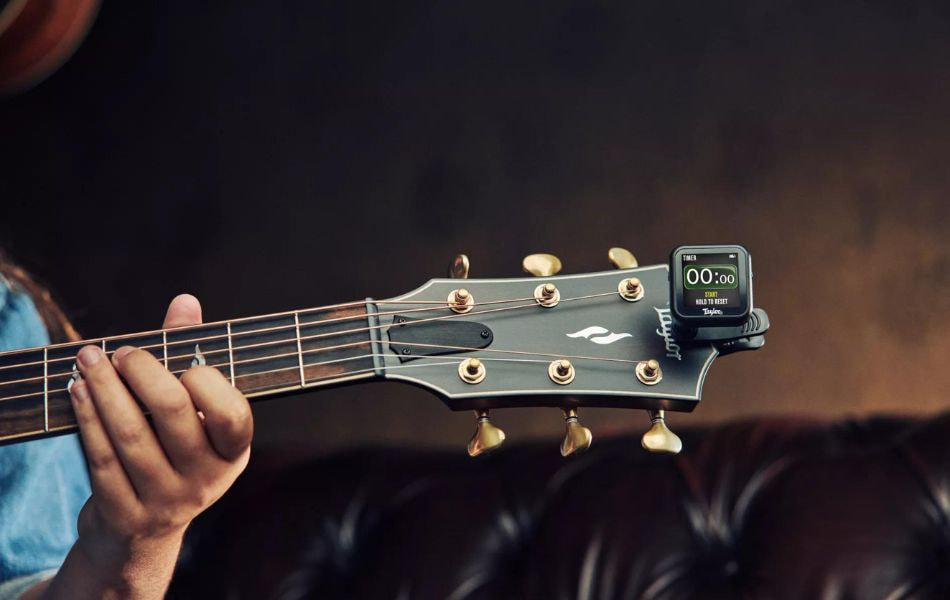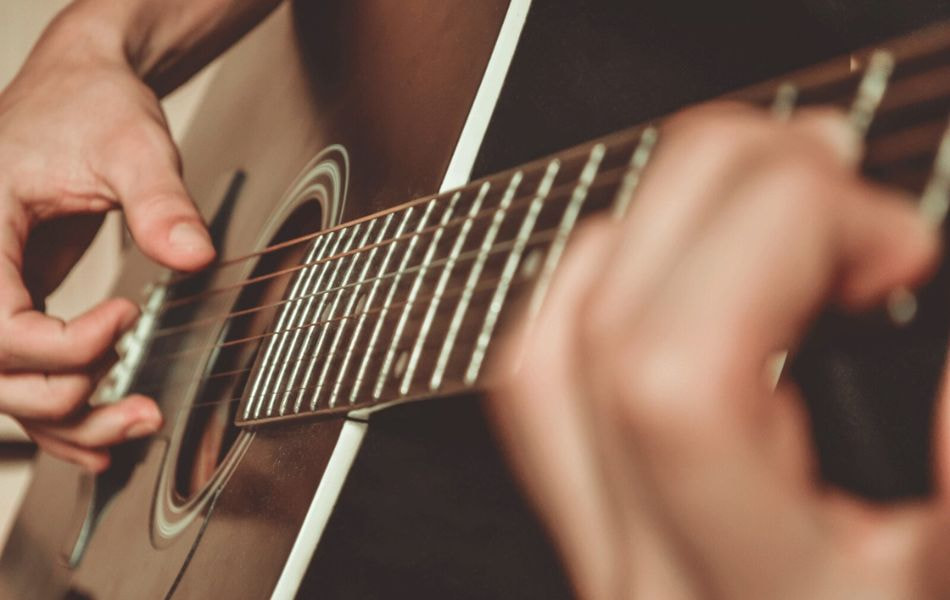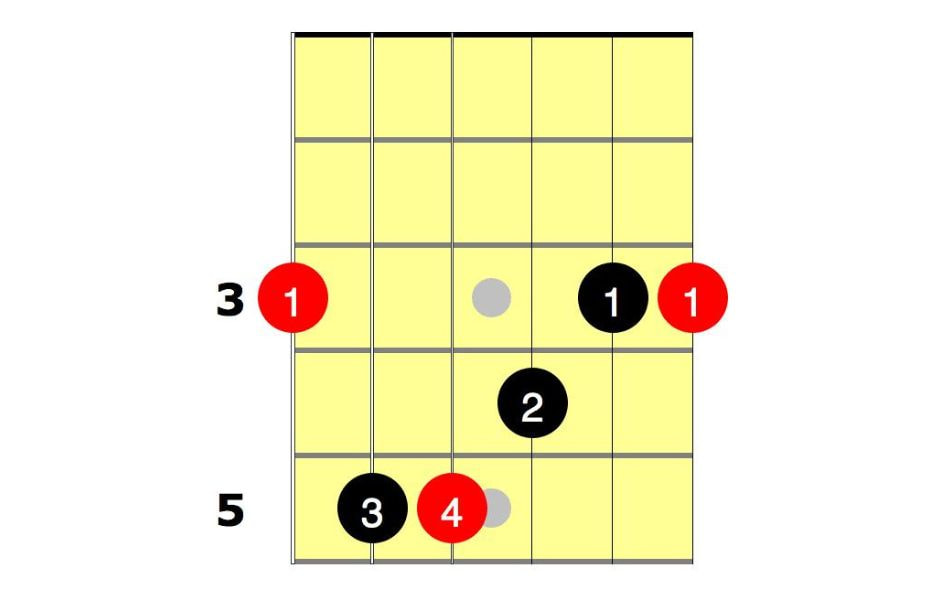February 5, 2025
How the Guitar is Played - A Complete Beginner's Guide
This guide covers the basics of playing guitar from holding the instrument and understanding strings frets to mastering strumming picking chords and scales Learn essential techniques and tips for effective practice to start your guitar...









